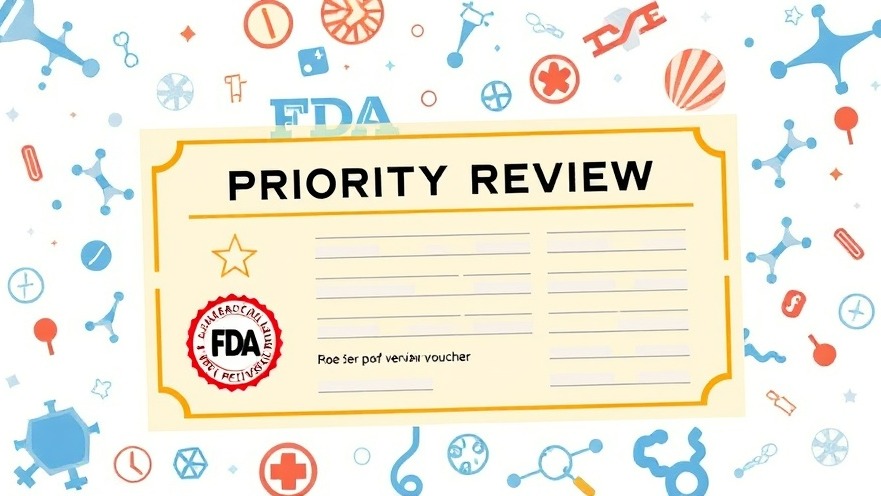
Understanding the Impact of DOGE on Federal Healthcare Spending
In the ongoing conversation about healthcare funding in the United States, it's critical to evaluate how various financial schemes and government programs influence overall spending. The recent uproar over DOGE and its implications may offer a satirical backdrop to a serious issue: the rationalization of healthcare funding. Given the federal government’s burgeoning healthcare costs, which amounted to approximately $1.9 trillion in FY 2024—accounting for 27% of total federal outlays—it's clear that inefficiencies and mismanagement must be addressed.
Spotting Inefficiencies: The Case of Federal Employees
One area ripe for reform is the Federal Employees Health Benefits Program (FEHBP). This program is characterized by poor oversight and management, leading to misallocated funds and significant waste. For example, in 2022, a staggering $1 billion was reportedly spent on ineligible members. Reports show lapses in the administration by insurance companies entrusted with managing these benefits, highlighting a pressing need for oversight and accountability. Equipped with this knowledge, anyone in the medical concierge business can leverage better financial strategies to optimize patient care while abiding by regulatory requirements.
Healthcare Costs: The Base of Rising National Debt
While many might view the rise of cryptos like DOGE as a joke, the serious challenge of controlling healthcare costs is no laughing matter. Projections indicate that healthcare spending could consume a staggering 30% of total federal outlays by 2054. The driving force of this growth is largely due to an aging population coupled with additional cost growth, which goes beyond mere demographic changes. By understanding these trends, medical practice owners can anticipate future challenges in reimbursement and patient coverage, allowing them to position their practices much more strategically.
Risks of Proposed Cuts to Healthcare Programs
Legislators are discussing substantial cuts to Medicare and Medicaid as part of broader budget reconciliation efforts. The impact of these proposed reductions could be catastrophic, particularly for low-income patients reliant on these services. As a concierge medical practice owner, recognizing these risks can allow for proactive measures to diversify practice income and potentially engage cash-based patient services. It’s crucial to understand that cuts to these programs could lead to higher patient costs and less access to care, underscoring the need for strategic planning in the wake of these discussions.
Actions and Insights: Positioning Your Practice
In light of these trends and insights, it’s imperative for medical practice owners to focus on optimizing their operations. This can include implementing a diversity of services, enhancing patient education on the nuances of coverage options, and employing technology that improves patient engagement and efficiency in operations. As comprehensive financial reform continues to loom, connecting with a tech consultant specializing in healthcare solutions can facilitate significant transformation for your practice.
Final Thoughts on Navigating Complex Regulatory Frameworks
As the landscape of federal healthcare spending evolves due to shifts in policy and economic pressures, understanding these shifts becomes essential for practice owners. Keeping a finger on the pulse of federal budget discussions provides a roadmap for anticipated changes in patient care funding and allows for astute adjustments in practice strategy. Implementing sustainable practices in your concierge medicine framework today will prepare you for the regulatory shifts of tomorrow.
 Add Row
Add Row  Add
Add 






Write A Comment